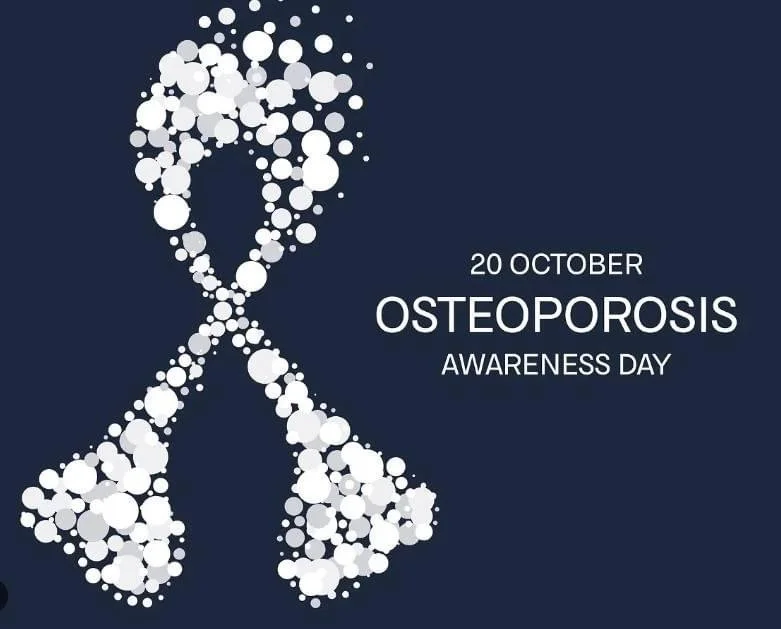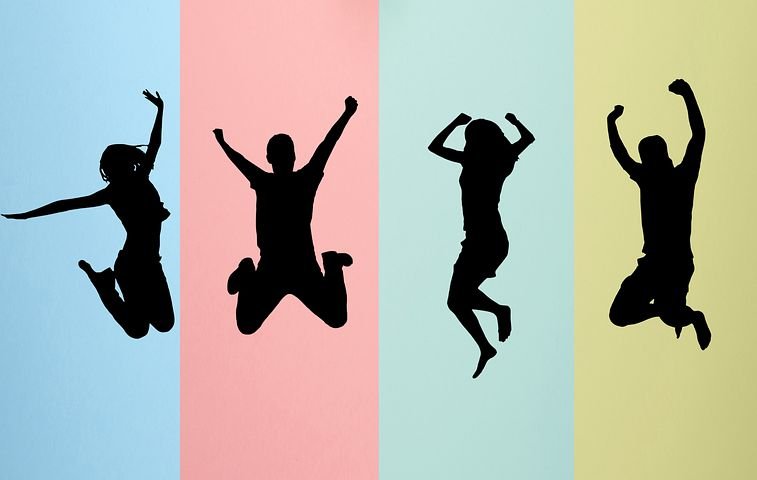Tai chi & Qigong Support Academic Performance
Tai chi and Qigong Benefit Breast Cancer Survivors
Tai Chi & Qigong Help in Stressful Times
Taichi & Qigong helps Diabetes Management
Baduanjin Can Improve Negative Emotion
Taichi & Qigong Reduce Pain from Knee Osteoarthritis
Qigong supports post COVID and long COVID rehabilitation
Ba Duan Jin and Liu Zi Jue are larly effective in promoting physical and psychological wellbeing during recovery from both acute and prolonged phases of COVID.
Tai chi & Qigong for Pain management
Ba Duan Jin improves quality of life and exercise capacity of heart failure patients
Ba Duan Jin qigong is a viable alternative for exercise rehabilitation in patients with heart failure.





